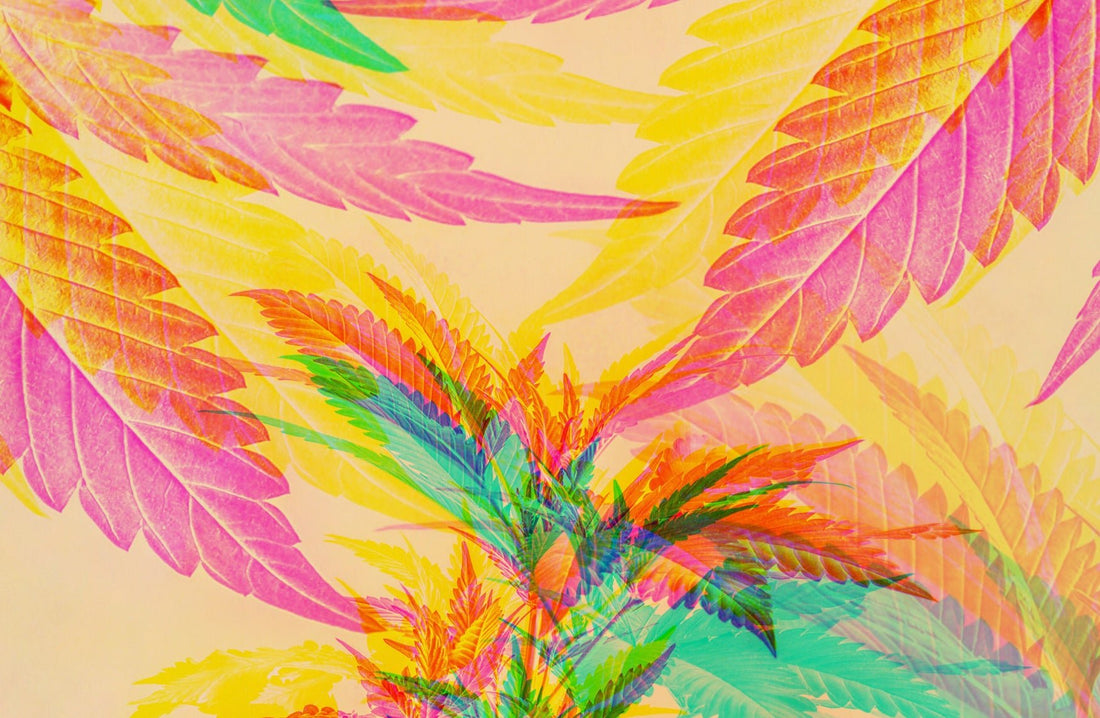
A Brief History of CBD
Share
Although cannabidiol (CBD) was discovered in the 1940s, its shared history with hemp dates back much longer. For millennia, people around the world have used hemp and cannabis for medical and spiritual reasons.
The reason why cannabis affects us the way it does is because the plant contains cannabinoids. Cannabinoids are chemicals that naturally occur in cannabis and hemp as well as in our own bodies. Cannabidiol, known as CBD, is one of the most abundant cannabinoids in cannabis and hemp.
The Discovery of CBD
The first discovery of an isolated cannabinoid has been credited to Robert S. Cahn, a British chemist who first identified Cannabinol (CBN) in 1940. Two years later, an American chemist named Roger Adams discovered CBD itself. This made it possible for researchers to study individual cannabinoids, not just the whole plant.
Throughout the 1960s and 1970s, the research into cannabinoids increased significantly. This is partly because the recreational use of cannabis became more popular in Western countries. Unfortunately, it also coincided with the increase of cannabis stigma, including the US's "War on Drugs" in the 1970s.
In the early 1960s, however, Raphael Mechoulam- an Israeli professor who is often called the "father of cannabinoids"- began studying CBD more closely. Together with his team, he made many breakthrough discoveries about CBD over the next few decades. Mechoulam's research set the foundation for much of the CBD research we see today.
CBD Becomes a Household Name
Although CBD was discovered in the 60s, not many people knew about it besides those with a special interest in the pharmacology of cannabis. In 2013, CNN aired the documentary "Weed" that told the story of Charlotte Figi, a girl with an epileptic condition called Dravet Syndrome.
In the documentary, Charlotte's parents discussed how they were using low-THC, high-CBD oil to manage her seizures. The oil was derived from a strain developed by the Stanley brothers (Joel, Jesse, Jon, Jordan, Jared, and Josh) by crossbreeding cannabis with industrial hemp.
This strain had less THC and more CBD than typically found in cannabis. Since it was low in THC, the variety was initially given the name "Hippie's Disappointment," but this was later changed to "Charlotte's Web" in honor of Charlotte. It was the CBD-rich oil extracted from this strain and concentrated through rotary evaporation that became her treatment.
From there, the popularity of CBD exploded. Once a little-known cannabinoid, CBD began attracting a lot of media coverage.
The History of CBD's Legal Status
In the US, laws in the 1970s made it virtually illegal to cultivate hemp. This changed in the 2010s, when the Agricultural Act of 2014 allowed the cultivation of hemp on an experimental basis.
Four years later, the 2018 Farm Bill made it legal to grow commercial hemp on a federal level. It also made the sale of hemp-derived CBD products legal in the US. Thanks to the 2018 Farm Bill, the US CBD industry has flourished, making it easier for Americans to access high-quality, third-party tested CBD products both online and in-store.
Written by Sian Ferguson
Sian Ferguson is a health writer based in Cape Town, South Africa. Her work covers issues related to CBD, medical cannabis, and mental health. Her work is featured in online and print publications such as Healthline, HealthyWay, bud.com, Greatist, and more.
